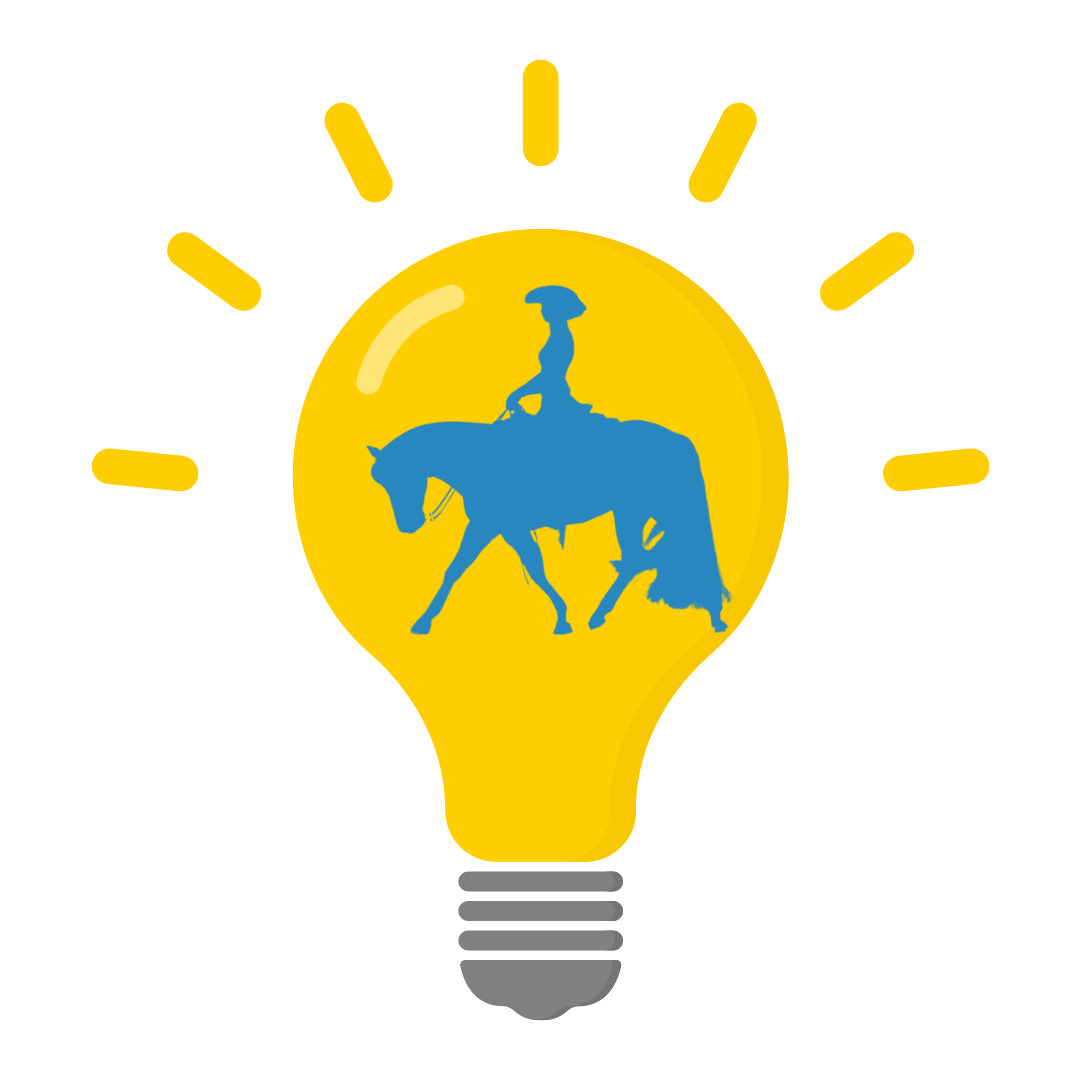The Lost Art of Fundamentals
THE BASICS… dun duh dunnnnn. Just the phrase can send any 13-year-old lesson kid into an epic eye roll. But hear me out—those basics are more important than you might think.
Recently, I was coaching a rider focused on improving her horsemanship patterns. We spent most of the lesson working on getting her horse more connected to the bridle, driving up through the back, and free of resistance. At the end, she said, "Well, that was great, but I really wanted to work on horsemanship."
Cue my lightbulb moment: That is horsemanship! But I realized I hadn’t explained how these foundational skills directly impact her patterns. It made me wonder how many other riders think horsemanship is just about “doing the moves” rather than mastering the essentials that make those moves possible.
No matter how experienced we are, we have to remember the stress we place on a horse's body just by sitting on their back. When we talk about a horse’s frame or collection, it’s not about looking pretty. It’s about getting your horse to use its body in a way that’s healthy and sustainable. Imagine doing squats with bad posture—maybe you don’t feel it at first, but over time, that stress is going to wreak havoc on your knees, back, and other joints. The same goes for horses. Good form is everything.
Take something like a pivot, for example. It’s a high-performance maneuver that requires strength and coordination. Without proper engagement—lifting the back, stretching into the bridle—it’s nearly impossible for a horse to keep their pivot foot planted and cross over correctly. Riding isn’t as simple as pressing a button, as much as we wish it were. First, the horse has to be using their body properly before we can worry about nailing a fast, sharp pivot.
I like to think of foundational skills as the alphabet. Horsemanship is like writing sentences. If your letters aren’t consistent and correct, how can you expect to write a clear sentence? In the same way, if your horse is resisting the bridle and flipping his neck around during transitions, we need to fix that before worrying about where to drop your stirrups at cone B or perfecting your lope-off.
In every stock horse association, correctness comes first—then you can add a higher degree of difficulty. Speed, for example, is a degree of difficulty in horsemanship. A fast pivot is great, but if the horse’s front feet are crossing incorrectly, it won’t score well because it’s not correct. The same goes for western pleasure. Having long, draped reins is a degree of difficulty, but if your horse has a four-beat lope instead of a correct three-beat, that rein length won’t be rewarded. You need correctness before anything else.
Success in showing comes down to the fundamentals. Transitions, quality of movement, and proper engagement are the building blocks of everything we ask our horses to do. Without a solid foundation, no amount of speed, flair, or complexity will get you the results you want. So before you focus on the exciting and “fancy” stuff, take the time to perfect the basics. “Zeroing” a correct maneuver that’s slow and exact is worth far more than rushing into advanced maneuvers and taking a penalty.



